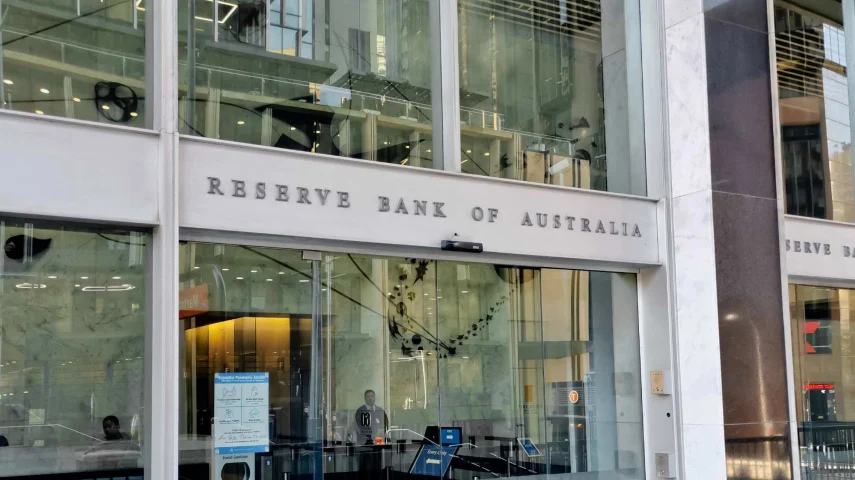Expect fewer RBA rate decisions from 2024



The number of rate decisions will reduce from 2024 under sweeping reforms following an independent review of the Reserve Bank of Australia.
Currently, there are 11 monetary policy meetings per year but from 2024, this will reduce to eight times a year with meetings in February, May, August and November and the remainder in between those months.
Board meetings will begin on Monday afternoon and continue into Tuesday morning with the outcome announced on Tuesday afternoon.
There will also be a media conference by the RBA governor after each board meeting and a post-meeting statement will be issued by the board.
“The less frequent and longer meetings will provide more time for the board to examine issues in detail and to have deeper discussions on monetary policy strategy, alternative policy options and risks, as well as on communication. Likewise, the staff will have more time for analysis, with less time spent preparing summaries of recent developments. The board will also be able to hear directly from more staff and have greater opportunity to request work on particular topics.
“And the post-meeting media conferences will provide a timely opportunity to explain the board’s decisions and to answer questions. This will complement our existing communications, including through speeches with Q&A. Together, this is a significant package of reform that will contribute to better decision-making and communication.”
The board will also have new readings on inflation, the global economy, labour market and household spending to help inform its monetary policy decision.
RBA management
The RBA will also embark on a "significant program of cultural change" which includes a 360-degree feedback process, updated leadership goals and an inclusive environment. It will also advertise more management vacancies externally and increase transparency around internal opportunities.
It will begin a search process for a chief operating officer, another recommendation of the review, later on this year once it has decided on the appropriate span of control and reporting lines.
Finally, it is reviewing the risk management framework and seeking to embed the three lines of accountability model more thoroughly across the organisation.
Lowe said: "They will enhance our decision-making and our communication and will help us be the open and dynamic organisation that we aspire to be. We have an important job to do on behalf of the Australian community. The bank staff are committed to doing that job to the highest possible standard. These changes will help us do that."
Released in April, the 294-page review, titled ‘An RBA fit for the future’, made 51 recommendations for the bank. The report identified four ways to reinforce the governance, monetary policy framework, culture and systems of the RBA.
These included:
- More clearly defining the monetary policy framework and regularly assessing for updates;
- Strengthening monetary policy decision making by drawing on more expertise to promote deeper contestability of ideas;
- Fostering a more open and dynamic system through new internal structures; and
- Solidifying the RBA’s corporate governance with new structures to better manage risk and drive change.
Recommended for you
Clime Investment Management has welcomed an independent director to its board, which follows a series of recent appointments at the company.
Ethical investment manager Australian Ethical has cited the ongoing challenging market environment for its modest decrease in assets over the latest quarter.
Commentators have said Australian fund managers are less knowledgeable compared with overseas peers when it comes to expanding their range with ETFs and underestimating the competition from passive strategies.
VanEck is to list two ETFs on the ASX next week, one investing in residential mortgage-backed securities and the other in Indian companies.















